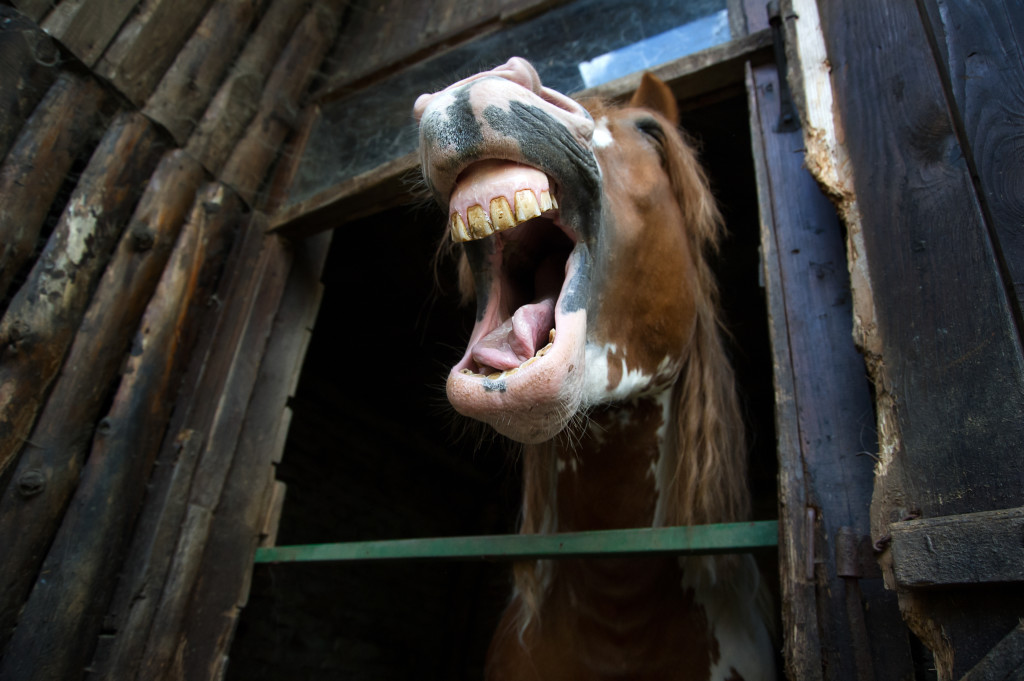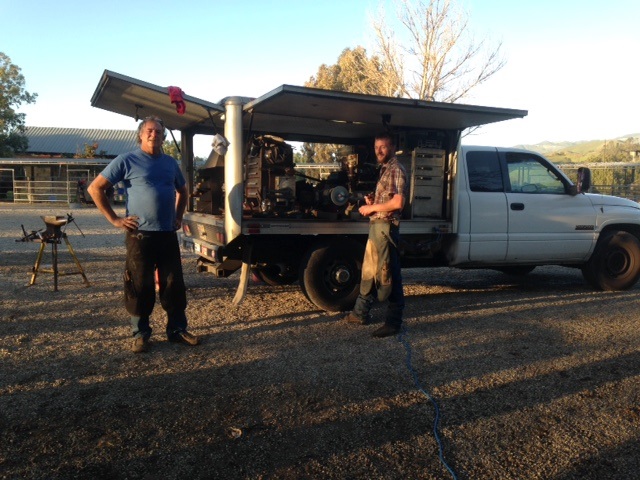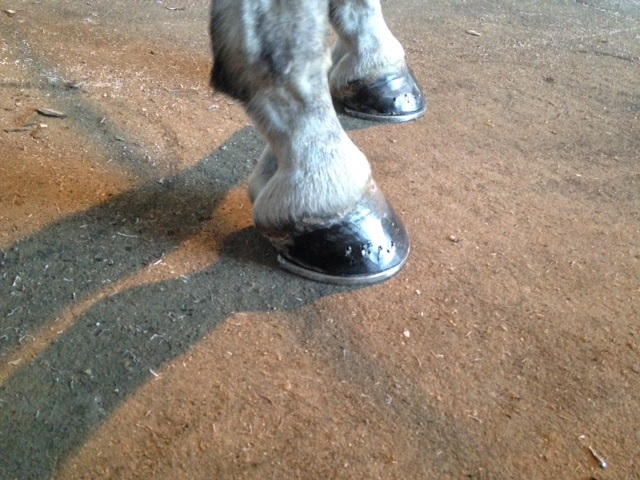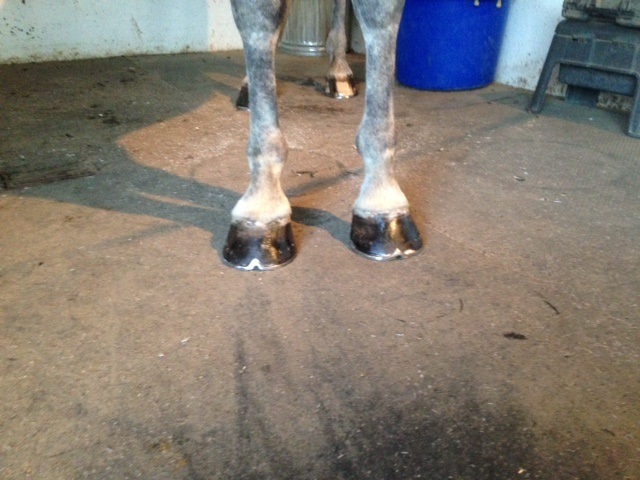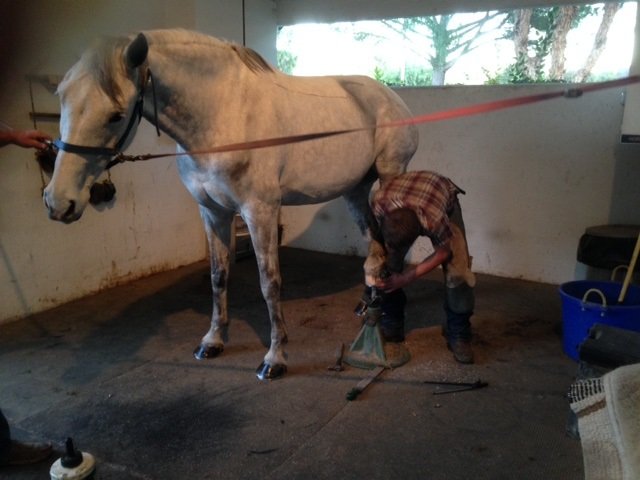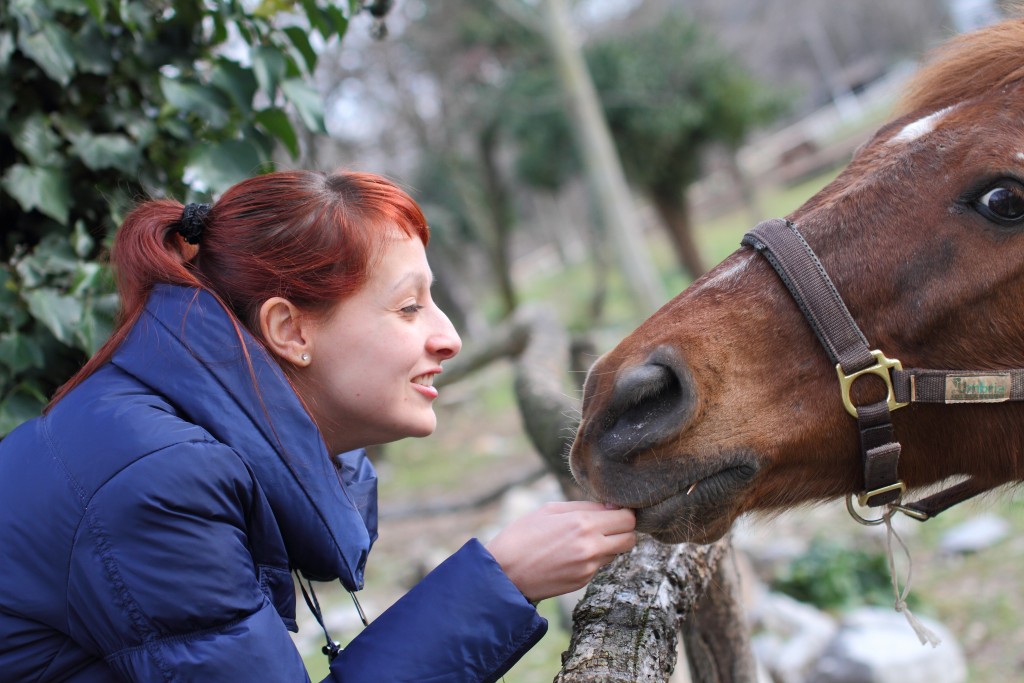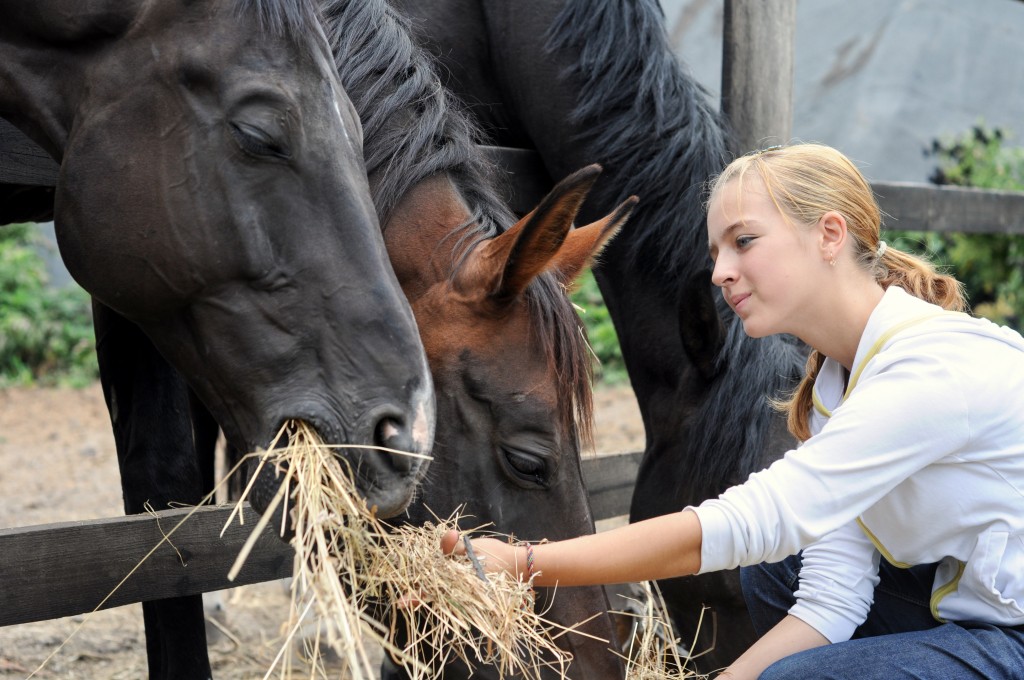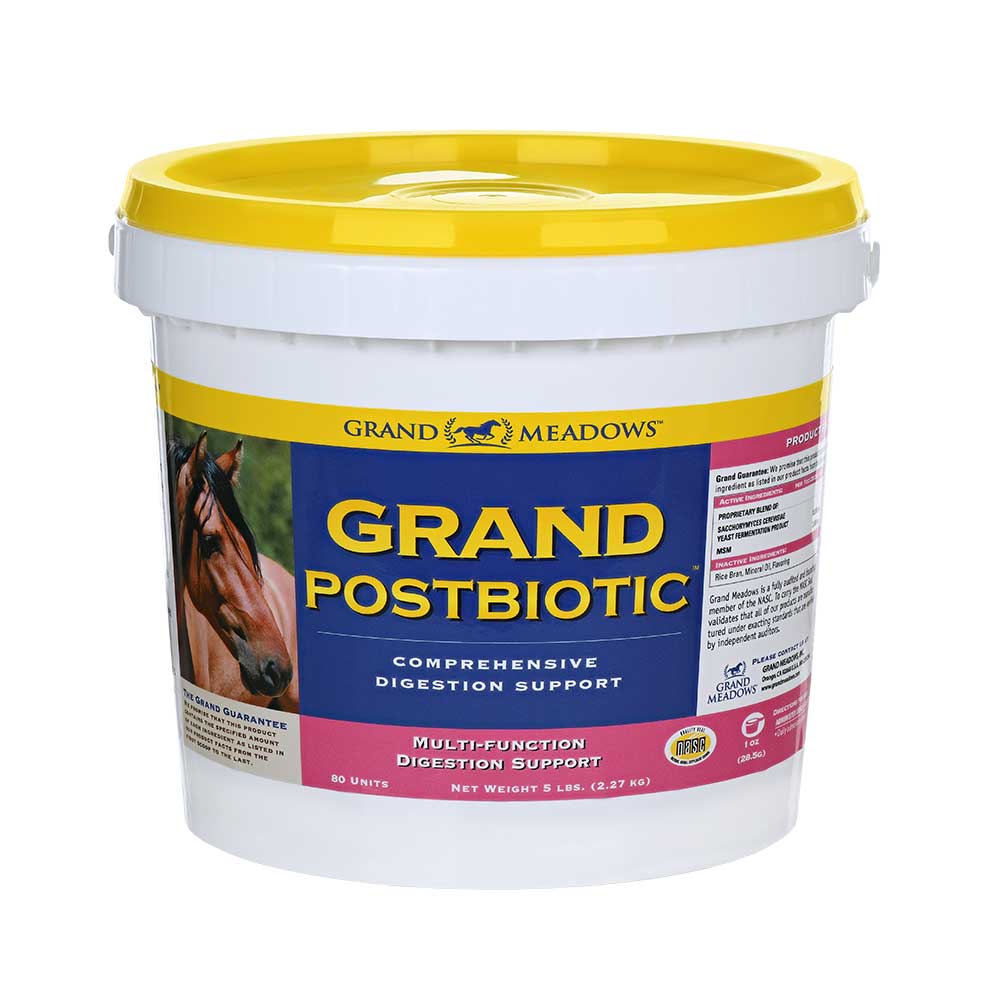Show Your Love for Your Spunky Old Mare
Besides being famous for the month of love, did you know February is Spunky Old Broads Month? Yep, bet you are as surprised as I am to find out. Not sure I ever thought I would see those three words… celebrated… anywhere. But it got me thinking – I am sure we all have a story about that one spunky old broad of the barn. And, no, I don’t mean the trainer! I am thinking mare here – spunky old mares to be exact.
I, for one, have the funniest old girl in my pasture. The mare in eternal heat even though mother nature says she is way past those foal bearing years. The one the geldings try to break the fence down to get to if she lingers near, and that with a flick of her tail can make them all swoon like colts. The one that gladly lets the younger yearlings hang just off her hip, close enough to think they are basking in her glow, but far enough to know they are not part of the royal court. The mare that was oh-too-old to keep riding, but can show a passage trot for a 9 just to let everyone know she’s still got it. And she doesn’t even ever have to actually lift a hoof in warning at feeding time – a queen’s crusty glare does the trick to ensure she eats first. Always. Every meal. It’s not even a question.
I am sure some of you have some precious gems sharing your pasture or barn. Share the story of your Spunky Old Broad in the comments below, and it could land on our blog – a fitting tribute that bossy, spirited, ageless, priceless beauty!

